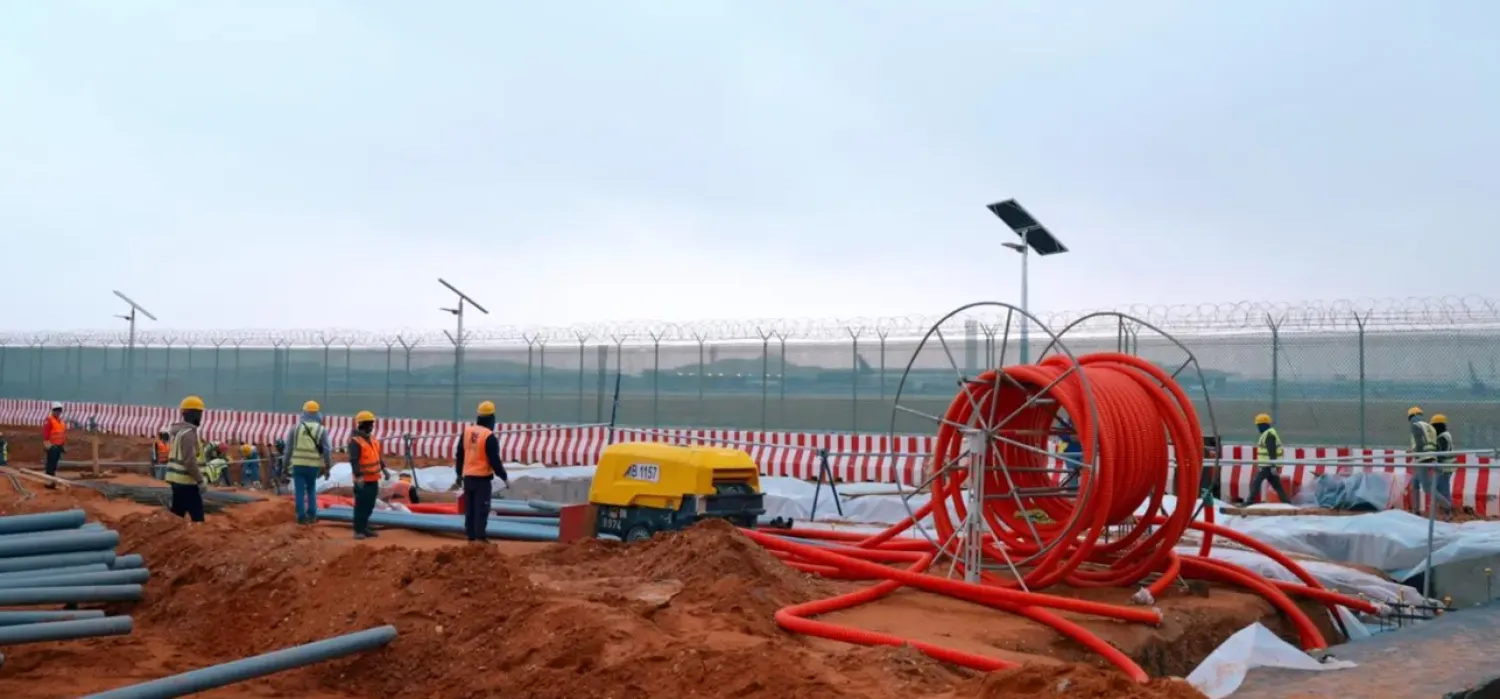As Islam’s holy month of fasting, Ramadan, begins and global crises like the Russian-Ukrainian conflict and the recent Red Sea crisis unfold, the Saudi market stands strong.
The Kingdom has been able to provide Ramadan goods without affecting consumers.
Despite challenges like population growth and tourism, the Kingdom ensures ample food supplies, unlike many global markets affected by these crises.
Recent data from Saudi Arabia’s General Authority for Statistics shows prices dropping for 70 items and staying steady for 5 out of 169 goods and services.
During a recent tour conducted by Asharq Al-Awsat of retail outlets in the Kingdom, abundant supplies and attractive discounts on food and consumer goods were observed.
Economists credit this stability to Saudi Arabia’s food security strategy, which focuses on increasing local production and reducing waste.
Speaking to Asharq Al-Awsat, Dr. Faisal Al Fadel from the Shura Council highlighted the Kingdom’s clear approach to food security, including supporting local production and encouraging private investment in agriculture.
Investor guarantees provided by the Agricultural Development Fund (ADF) contribute to self-sufficiency in key commodities, he added.
Fahad Al Ghrusan, CEO of Abdul Rahman Al Abd Al Aziz Al Shalhan Trading Company, noted increased consumption, particularly in rice, driven by population growth and tourism.
Sales typically surge during Ramadan, and annual rice exports reach millions of tons, he told Asharq Al-Awsat.
Al Ghrusan highlighted the strength of the Saudi market and its support through government programs to ensure food availability, which has significantly reassured the market.
Government initiatives, including financing imports of key agricultural products, strengthen the Saudi market and ensure food availability.
It is worth noting that since its establishment, the ADF has provided over 60 billion riyals ($16 billion), while also financing the import of targeted agricultural products for food security, such as rice, sugar, soybeans, yellow corn, red meat, cooking oils, and barley.









